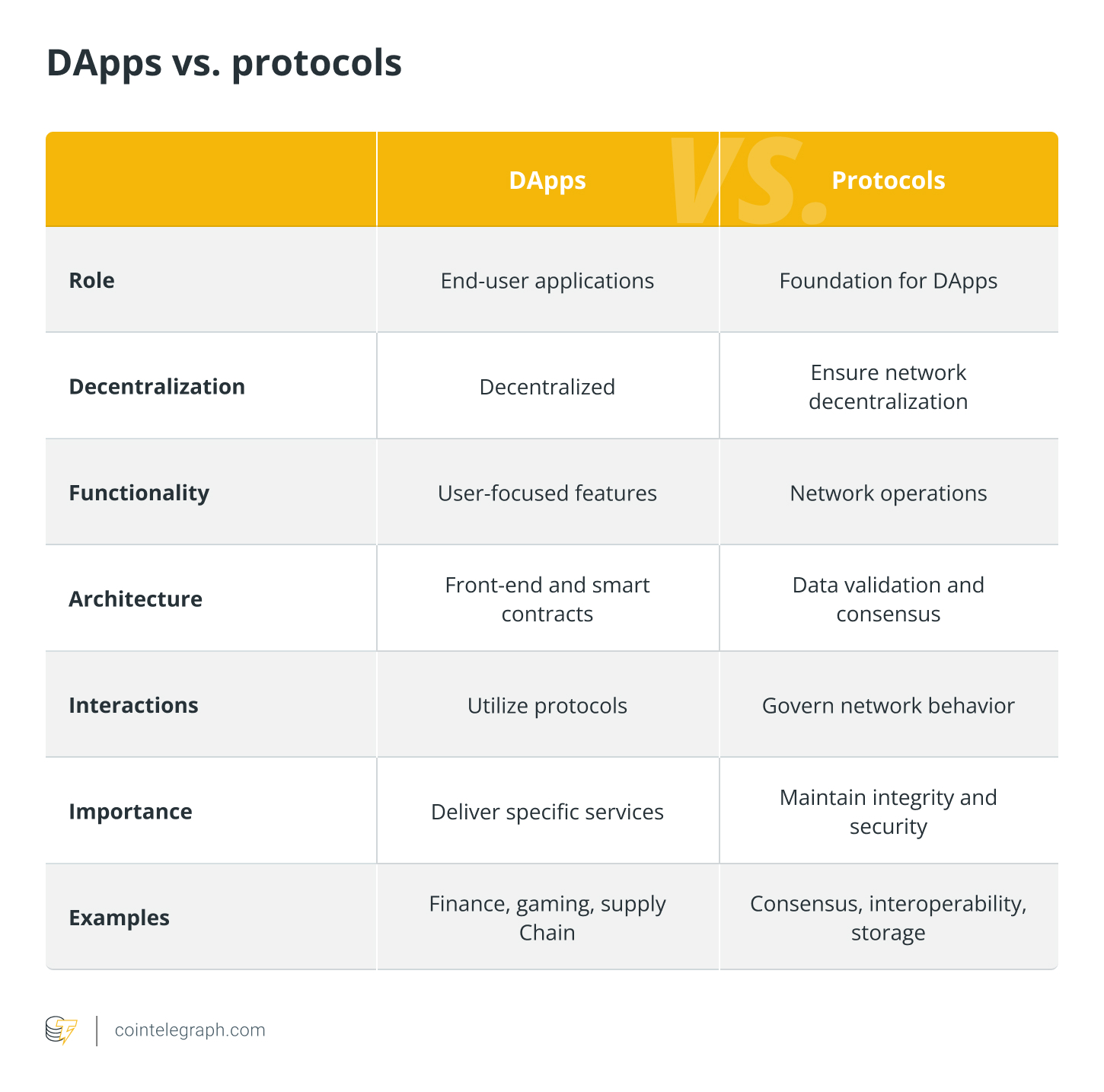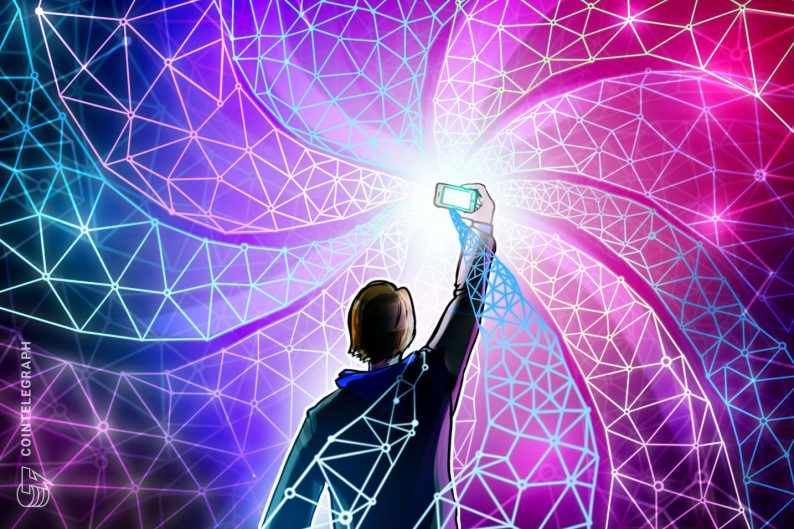In recent years, the rise of blockchain technology has paved the way for groundbreaking innovations in the realm of decentralized systems. Among the revolutionary concepts are decentralized applications (DApps) and protocols. While both are integral components of the decentralized ecosystem, they serve distinct purposes and play different roles.
This article explores the contrasting characteristics of DApps and protocols, shedding light on their respective functionalities and importance in the world of decentralized technologies.
Understanding DApps
Software programs that run on a decentralized network of computers rather than a centralized server are known as decentralized applications or DApps. They make use of blockchain technology to guarantee immutability, security and transparency.
Like traditional applications, DApps are designed to have front-end and back-end components. Users can interact with the application using the front-end interface, while the back-end, also known as the smart contract, is deployed on the blockchain. The smart contract executes the application’s logic and securely handles data.
The decentralized structure of DApps sets them apart. As a result, there is no single point of failure because they do not rely on a single organization or central authority. The blockchain network distributes transactions and data, making them unchangeable and censorship-resistant.
Examples of DApps
Related: What is DeFi? A beginner’s guide to decentralized finance
Protocols in the decentralized world
Protocols, in the context of blockchain and decentralized technologies, refer to the underlying sets of rules and standards that define how the network operates. They provide the foundation for DApps to function and communicate effectively within the ecosystem.
The rules for data validation, consensus processes, and the network’s node-to-node communication protocol are all established via protocols. They make sure that everyone follows the same rules and can rely on the data exchanged within the system.
Types of protocols
Related: Is blockchain technology ready for high-storage applications?
DApps vs. protocols
DApps are end-user applications that provide specific services and functionalities within the decentralized ecosystem. Protocols, on the other hand, serve as the underlying rules and standards that govern the entire decentralized network and enable seamless interactions between DApps.
 Overall, DApps and protocols are driving the revolution toward a decentralized future, transforming various sectors and fostering innovation in the blockchain space.
Overall, DApps and protocols are driving the revolution toward a decentralized future, transforming various sectors and fostering innovation in the blockchain space.
Collect this article as an NFT to preserve this moment in history and show your support for independent journalism in the crypto space.








Leave A Comment